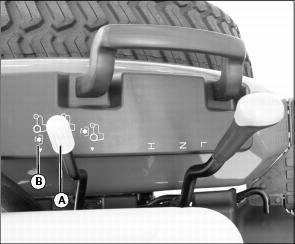RoyJackson
Rest in Peace
- Joined
- Nov 17, 2001
- Messages
- 24,646
- Location
- Bethel, Vermont
- Tractor
- John Deere 4052R Cab,, Deere 855D UTV, Z920A Zero Turn Mower and assorted implements
Coincidentally, I've been using a PTO chipper all week. Given that I have little fear of falling out of my cabbed 3720, I too elected to simply jumper the seat interlock switch.
//greg//
Since your 3720 also has a simple procedure for off seat PTO operation, why would you want to jumper the switch?

